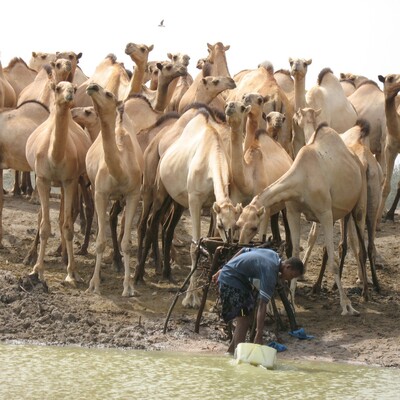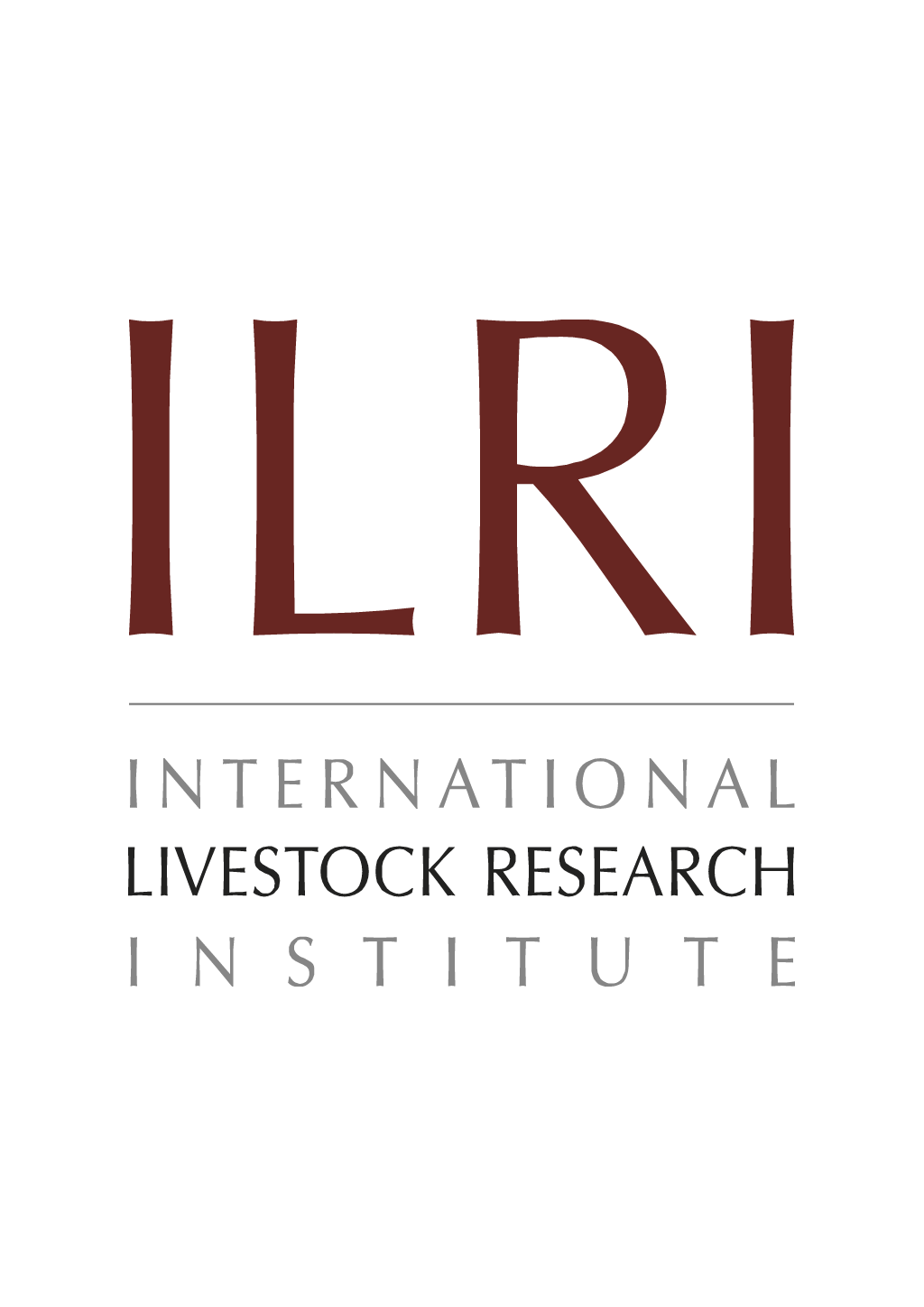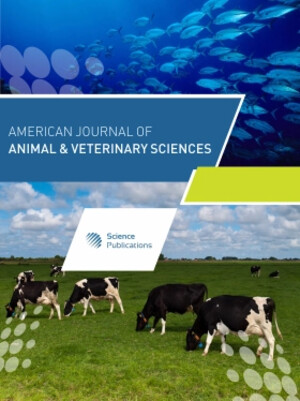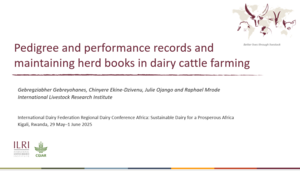
The role of the bone marrow in bovine trypanotolerance. II. Macrophage function in Trypanosoma congolense - infected cattle
Abstract
Sequential biopsies of sternal bone marrow (BM) of three trypanosusceptible Boran and three trypanotolerant N'Dama cattle were examined by light and transmission electron microscopy before and up to 112 days postinfection (DPI) with Trypanosoma congolense. Before infection, the percentage of cells of the mononuclear phagocyte system (MPS) including the macrophage (MO) and the calculated index of Mo volume in the BM were similar in both breeds, whereas the mean Mo surface area was significantly higher (p<0.0001) in the Boran than in the N'Dama. During T. congolense infection, the MPS cell counts, the Mo surface area and the calculated Mo volume index increased significantly in both breeds particularly in the N'Dama. Macrophages phagocytosed only a few erythrocytes and mature neutrophils in both breeds before infection. During infection, Mo engulfed many erythrocytes, reticulocytes, normoblasts, granulocytes and their precursors, and thrombocytes, as well as few lymphocytes and monocytes. Many Mo phagocytosed cells from more than one cell lineage, and phagocytosis of nucleated cells was preceded by attraction of the target cell and subsequent adhesion to the MO, suggesting a common mechanism of cell destruction. The Mo of cattle maintained contact, through reciprocal U - or V-shaped microvilli or filiform processes, with haemopoietic cells. These contacts increased during the acute phase of T. congolense infection in both breeds and remained elevated in the N'Dama until 112 DPI, whereas they dropped to preinfection levels in the chronic phase (98, 112 DPI) in the Boran. Cumulatively, the absolute numbers, surface area, organelle contents and calculated volume index of the MO, percentage of Mo with phagocytosed cells, the total cells engulfed, adhesion of target cell to Mo prior to phagocytosis, phagocytosis of multiple cell lines, as well as the percentage of Mo in contact with haemopoietic cells, and the total haemopoietic cells in contact with Mo were significantly higher in the N'Dama than in the Boran. Cell phagocytosis and contact with haemopoietic cells decreased in Boran cattle during the chronic phase but remained elevated in the N'Dama. The positive balance between the beneficial effects of Mo activation in the BM (enhanced haematopoiesis, and presumably parasite clearance and antigen processing) and its deleterious effect (cytophagia) was greater in the trypanotolerant N'Dama than in the Boran, enabling the N'Dama to resist infection better. This study therefore demonstrates that superior BM responses, pivoted on vital Mo functions, play a major role in trypanotolerance.
Citation
Comparative Haematology International;9(4): 208-218










